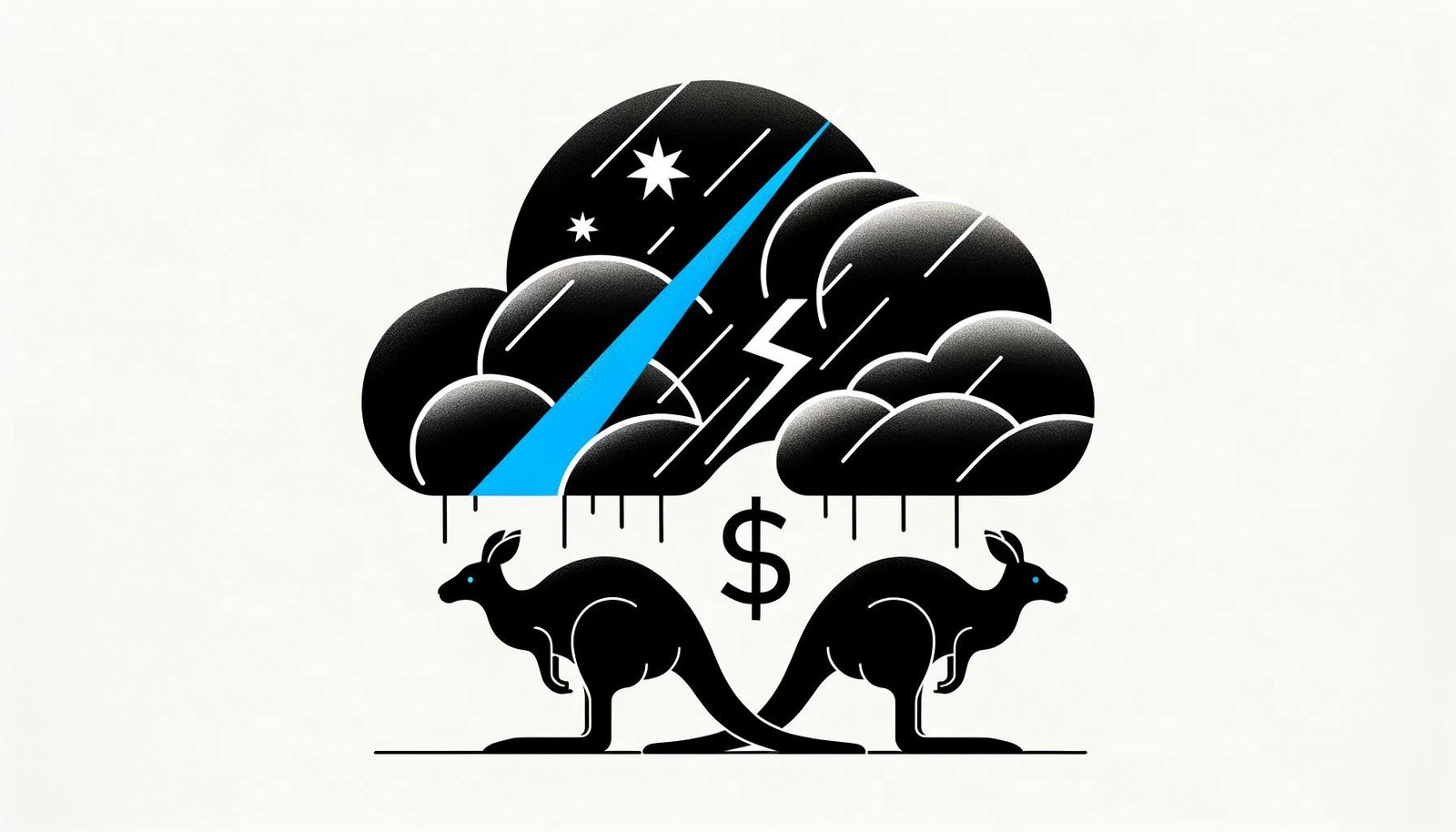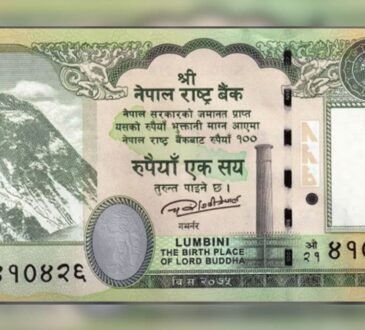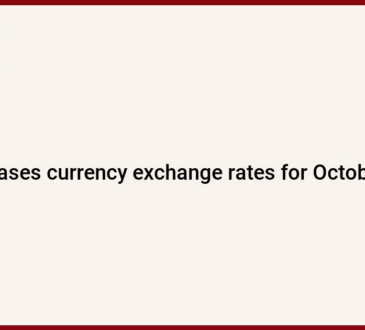What’s going on here?
The Aussie and Kiwi dollars took a hit this week – the Australian dollar dipped 0.2% and the New Zealand dollar fell 0.3% – reflecting shaken market expectations due to unclear Chinese fiscal measures and US rate predictions.
What does this mean?
The Australian dollar, which slipped to $0.6736, faces the impact of potential US interest rate hikes. Meanwhile, a vague fiscal stimulus announcement from China’s Ministry of Finance, hinting only at a ‘significant increase’ in debt, hasn’t sparked confidence in Antipodean currencies. These currencies are sensitive to commodity price swings driven by Chinese demand and are feeling the market’s jitters. Australia’s currency support level is near 67 cents, with a 200-day moving average at $0.6626, while the New Zealand dollar has dropped below its own technical level, falling under the 200-day moving average support. In the midst of these currency movements, the CSI300 index rose 0.9%, contrasting with a 1.1% drop in the Hang Seng and a 0.1% decline in the yuan.
Why should I care?
For markets: Navigating currency turbulences.
The Commonwealth Bank of Australia suggested that the Australian dollar might test 0.6685 this week, with the influence of a strong US dollar and persistent concerns over China’s budget affecting commodity prices. Investors are keeping a close watch on Australia’s job market, anticipating a 25,000 increase in employment. This expectation curbs predictions for a significant interest rate cut by year-end.
The bigger picture: Key CPI figures influencing rate decisions.
New Zealand’s third-quarter CPI is expected to rise to 0.7%, potentially impacting the Reserve Bank of New Zealand’s November rate decision. With annual inflation possibly slowing to 2.3%, there’s debate around a steep 75 basis point cut tied to a CPI of 2.0% to 2.1%. However, stronger-than-expected CPI numbers might lead to less aggressive rate cuts of about 50 basis points, highlighting the delicate balance central banks must strike in volatile times.





